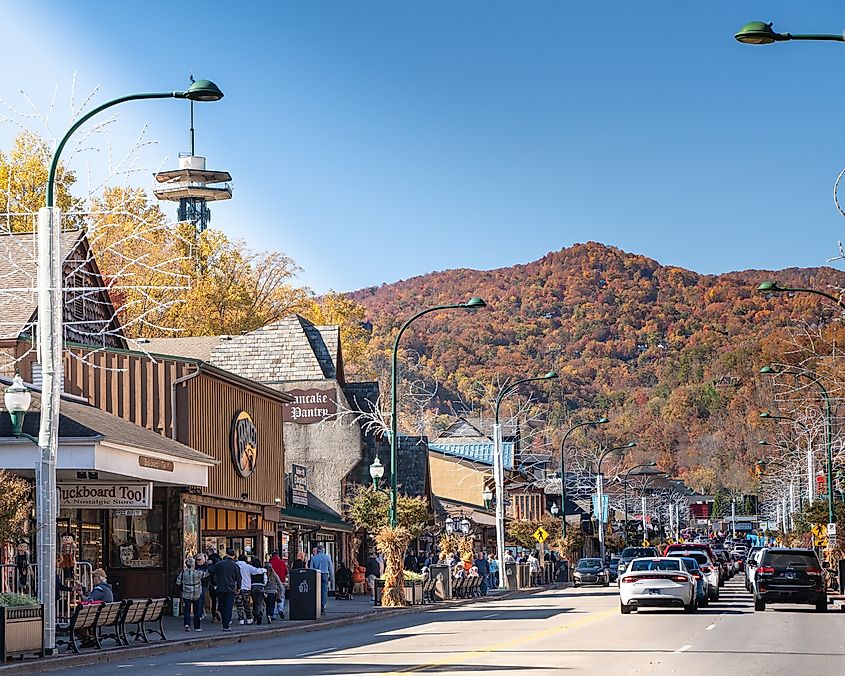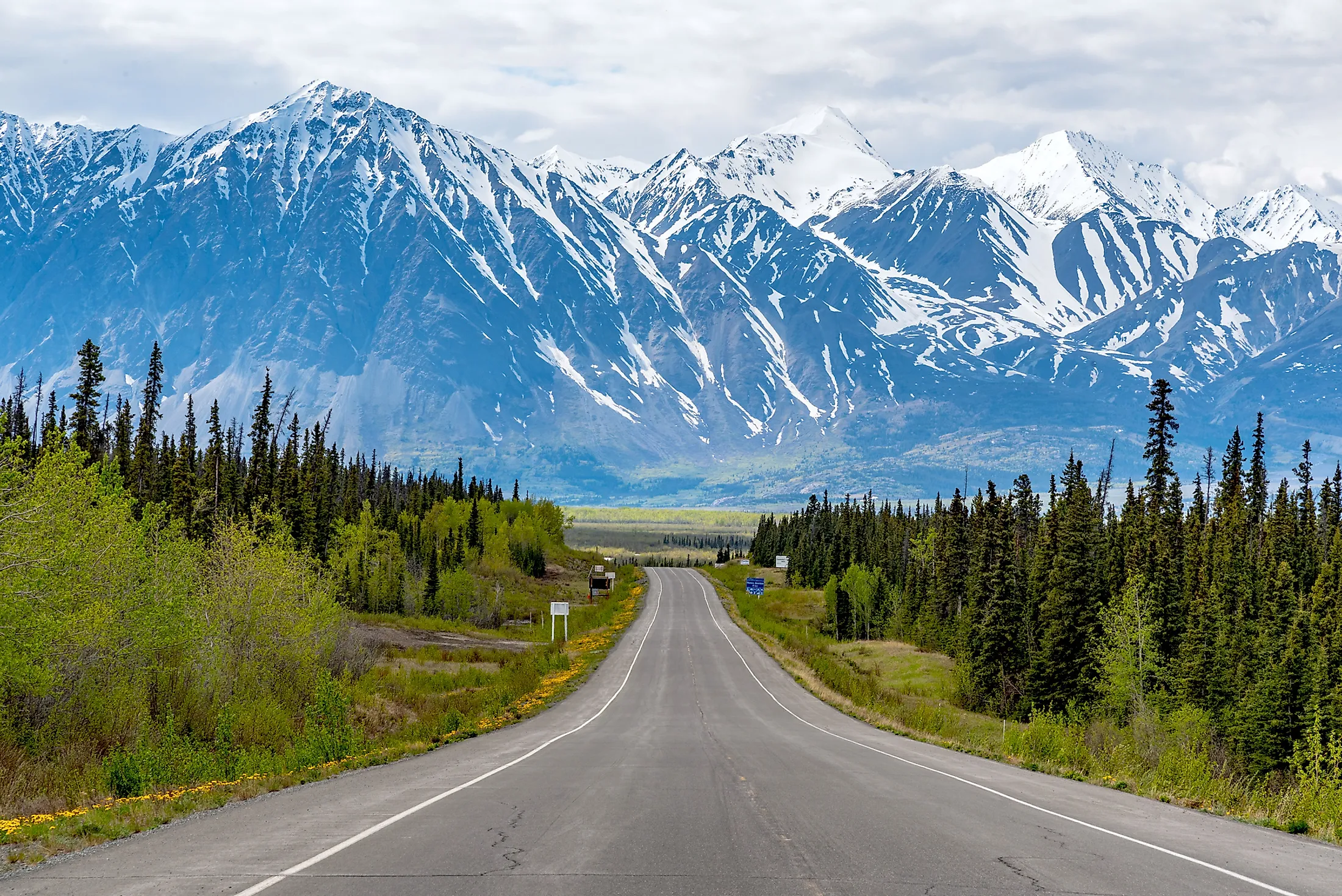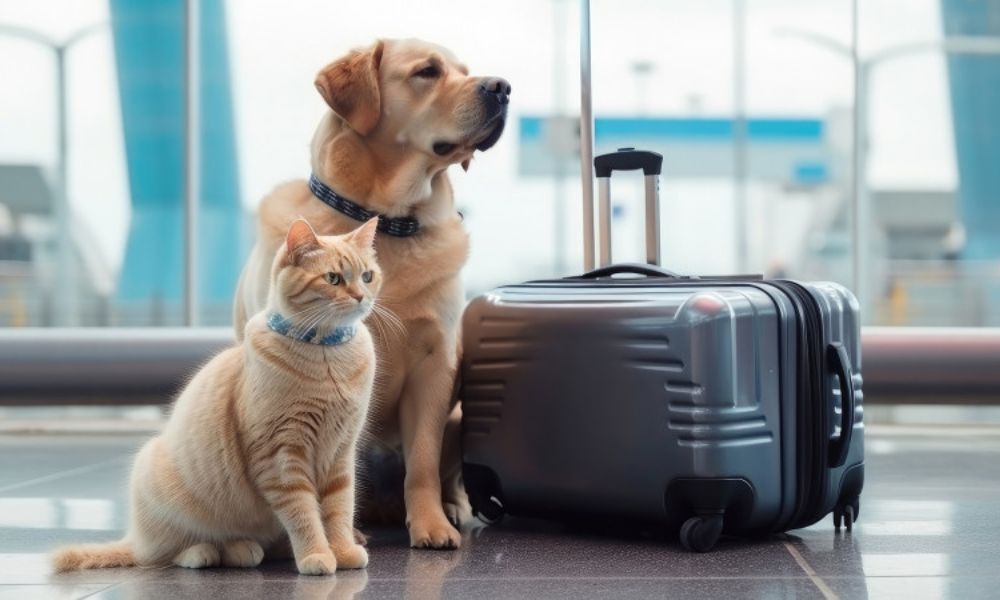
We Should All Be Embarrassed by This Train. The recent unveiling of Amtrak’s NextGen Acela service, intended to usher in a new era of rail travel in the United States, instead serves as a stark reminder of the nation’s lagging infrastructure and its failure to keep pace with global advancements in high-speed rail. While celebratory events and initial reviews lauded the improved amenities and design of the Alstom-manufactured trains, a closer examination reveals that these advancements are merely cosmetic, failing to address the fundamental issues plaguing American rail: speed, reliability, and accessibility.
The introduction of the NextGen Acela is akin to applying a fresh coat of paint to a dilapidated building. Yes, the new seats are more comfortable, the windows offer better views, and the inclusion of Wi-Fi and USB charging ports is a welcome, albeit overdue, addition. However, these superficial improvements do little to mask the underlying problem: the train’s underwhelming performance and its inability to compete with high-speed rail systems in other developed nations. As one exasperated passenger aptly put it, comparing the Acela to European trains, "This is like riding a bucking bronco."
To fully appreciate the extent of this embarrassment, it’s crucial to understand the historical context of rail travel in the United States. In the mid-20th century, America boasted a robust and extensive rail network, connecting communities and facilitating commerce across the country. However, with the rise of the automobile and the expansion of the interstate highway system, investment in rail infrastructure declined precipitously. This neglect has resulted in a system that is now woefully outdated, characterized by aging tracks, antiquated technology, and chronic delays. The Northeast Corridor, the Acela’s flagship route, is a prime example of this decline, with sections of track still in use that date back to the early 20th century.
The NextGen Acela’s speed is a particular point of contention. While the train boasts a maximum speed of 160 miles per hour, a mere 10 mph increase over the previous Acela, this speed can only be achieved on a fraction of the route. Track conditions, including curves and aging infrastructure, limit the train’s ability to reach its full potential. This is a far cry from the high-speed rail systems in countries like Japan, France, and China, where trains routinely travel at speeds exceeding 200 mph. "The American public deserves a rail system that prioritizes speed and efficiency," argues Dr. Emily Carter, a transportation policy expert. "The NextGen Acela’s incremental speed increase is simply not enough to make a meaningful difference in travel times."
The economic implications of America’s lagging rail infrastructure are significant. According to a recent report by the American Society of Civil Engineers, the United States loses an estimated $430 billion annually due to traffic congestion and delays. A modern, high-speed rail system could alleviate this burden by providing a viable alternative to driving and flying, reducing congestion on roads and at airports, and boosting economic productivity. Furthermore, investment in rail infrastructure would create jobs and stimulate economic growth in communities along the rail lines.
Consider the Shinkansen, Japan’s bullet train, which revolutionized travel in that country when it was introduced in 1964. The Shinkansen not only reduced travel times but also spurred economic development in regions connected by the rail line. Today, Japan continues to invest in high-speed rail, with the development of the SCMaglev, a superconducting maglev train that is expected to reach speeds of over 300 mph. This commitment to innovation has made Japan a global leader in rail technology.
The stark contrast between the Shinkansen and the Acela highlights the missed opportunities in the United States. While Japan is pushing the boundaries of rail technology, America is struggling to maintain a system that is decades behind the times. The NextGen Acela, with its limited speed and unreliable service, is a symbol of this stagnation.

The price of Acela tickets further exacerbates the problem. A one-way ticket from Washington, D.C. to Boston can cost upwards of $300, making it significantly more expensive than flying or driving. This high cost makes the Acela inaccessible to many Americans, particularly those with lower incomes. In contrast, high-speed rail tickets in Europe and Asia are often more affordable, making train travel a viable option for a wider range of travelers. According to industry analysts, Amtrak’s high ticket prices are due, in part, to the high cost of operating and maintaining its aging infrastructure. A more modern and efficient rail system would reduce these costs, allowing Amtrak to offer more competitive fares.
The 2021 Infrastructure Investment and Jobs Act allocated $66 billion to Amtrak, a significant investment that could potentially transform the nation’s rail system. However, the funds are primarily earmarked for upgrading existing infrastructure, such as bridges, tunnels, and stations, rather than building new high-speed rail lines. While these upgrades are necessary, they are not sufficient to address the fundamental problems plaguing American rail. "The infrastructure bill is a step in the right direction," says Michael Davies, a senior market analyst specializing in transportation infrastructure. "But it’s not enough to truly modernize our rail system. We need to invest in new tracks and technology if we want to compete with the rest of the world."
Looking ahead, the future of rail travel in the United States remains uncertain. While there are some promising high-speed rail projects in development, such as the California High-Speed Rail project, these projects face significant challenges, including funding shortages, political opposition, and environmental concerns. The successful implementation of these projects is crucial to the future of rail travel in America.
The implications of continued neglect of rail infrastructure extend beyond economics and convenience. Environmentally, rail travel is significantly more sustainable than air travel, producing far fewer greenhouse gas emissions per passenger mile. Investing in high-speed rail would help reduce the nation’s carbon footprint and combat climate change. Furthermore, a modern rail system would improve accessibility for people with disabilities and those who do not own cars, providing a vital transportation option for underserved communities.
In conclusion, the NextGen Acela, while offering some modest improvements, is ultimately a disappointment. It fails to address the fundamental issues plaguing American rail and serves as a stark reminder of the nation’s lagging infrastructure. To truly modernize its rail system, the United States needs to invest in new tracks, technology, and a long-term vision for the future of rail travel. Only then can America hope to catch up with the rest of the world and provide its citizens with the fast, reliable, and accessible rail service they deserve. The current state of affairs is not just an embarrassment for Amtrak; it is an embarrassment for the entire nation. A recent study indicated that if the US had rail infrastructure on par with leading European nations, the GDP could see an estimated 0.75% increase annually, showcasing the massive potential currently untapped. It is time to move beyond cosmetic upgrades and embrace a bold vision for the future of rail in America, a future where trains are not a source of national embarrassment, but a symbol of progress and innovation. Furthermore, the failure to invest adequately in rail infrastructure perpetuates a cycle of economic disadvantage, particularly for rural communities that lack access to reliable transportation. An estimated 45% of rural households are without personal vehicles, making them heavily reliant on public transportation options that are often inadequate or non-existent. A modern rail system could bridge this gap, connecting rural communities to economic opportunities and improving the quality of life for millions of Americans.



